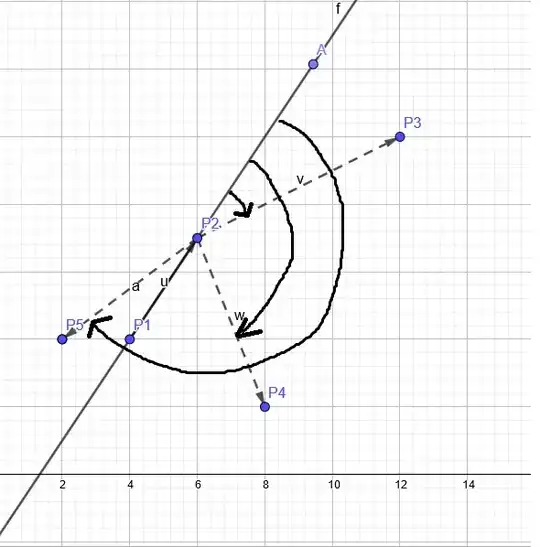Suppose that $u = (x, y)$ and $v = (a, b)$.
Let
$$
w = (-y, x)
$$
and compute
\begin{align}
c &= v \cdot u \\
s &= v \cdot w
\end{align}
Then the angle from $u$ to $v$ is exactly $atan2(s, c)$.
Details:
The "dot product" of two vectors $(p, q)$ and $(r, s)$ is $pr + qs$. The length $\| x \|$ of a vector $(p, q)$ is $\sqrt{p^2 + q^2}$. So the formulas for $c$ and $s$ become
\begin{align}
c &= ax + by\\
s &= -ay + bx.
\end{align}
The only problem that can arise is that $c = s = 0$, in which case the value returned by atan2 will not be meaningful. This only happens when either $u$ or $v$ is the zero vector (or both are!), in which case the angle between them is undefined anyhow.
One last thing: you've asked for the angle measured CLOCKWISE, but my answer gives the angle measured COUNTERclockwise, because that's a really well-established standard in mathematics. If you want a clockwise angle, you'll need to negate the result that my formula gives you.
